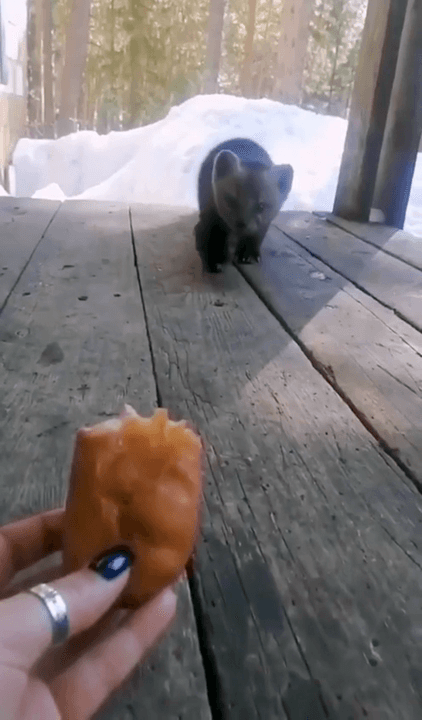
🌿 NATURE, HUNTING, FISHING, TOURISM-SPORT 2025 📍 Location: International Fair Plovdiv, Bulgaria 📅 Dates: TBA The Premier Green Economy & Outdoor Leisure Event The NATURE, HUNTING, FISHING exhibition is a leading international event that merges business, ecology, and outdoor recreation. It serves as a hub for innovations in hunting, fishing, tourism, and extreme sports, offering visitors a unique experience with demonstrations, exhibitions, and networking opportunities. What to Expect? 🌲 Green Economy & Conservation – Sustainable forestry & environmental initiatives 🎣 Fishing & Hunting Gear – Discover the latest equipment & technology 🏕️ Outdoor & Adventure Tourism – Explore alternative travel & extreme sports 🔬 Innovations & High-Tech Solutions – Cutting-edge developments in the industry 👨👩👧👦 Family-Friendly Attractions – Activities for kids and adults Event Highlights ✅ 80+ Exhibitors – Top companies & organizations in the field ✅ 20,000+ Visitors – Industry professio
Post: 4 February 09:44































